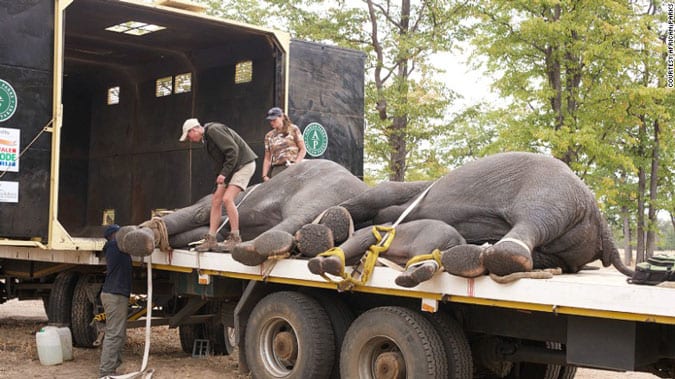[post_page_title]Translocation[/post_page_title]
By definition, translocation is when something is moved from one place to another, and in this case, it’s over 500 elephants. Translocation in wildlife conservation is expensive and requires huge numbers of staff members, volunteers, experts, and resources.

It is a form of management strategy which broadens the range of locations in which a species resides, to increase population numbers and decrease the risk of extinction. Team members must be highly trained in the process, but when done correctly, human-assisted migration can be the best hope for vulnerable animals.
